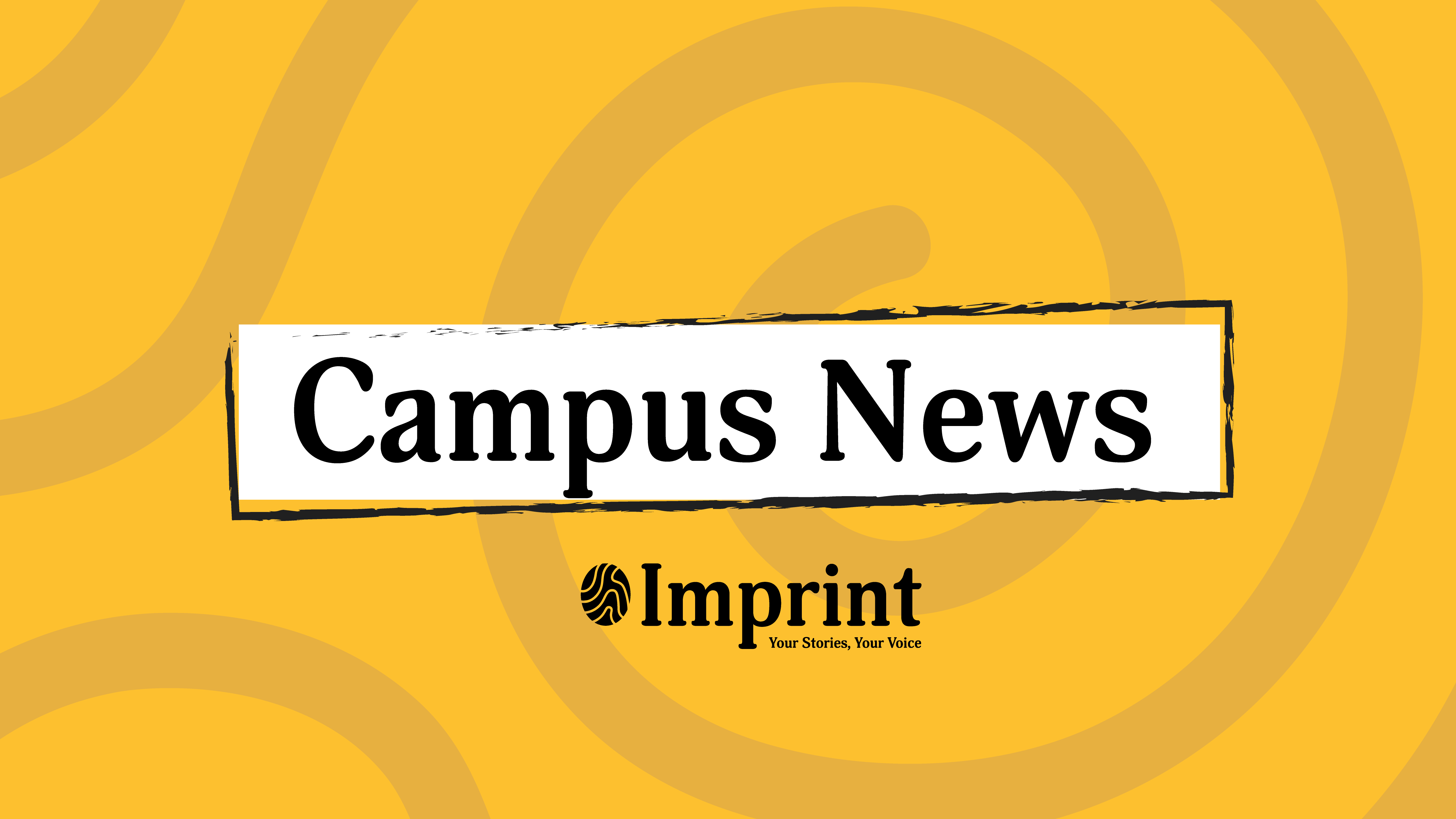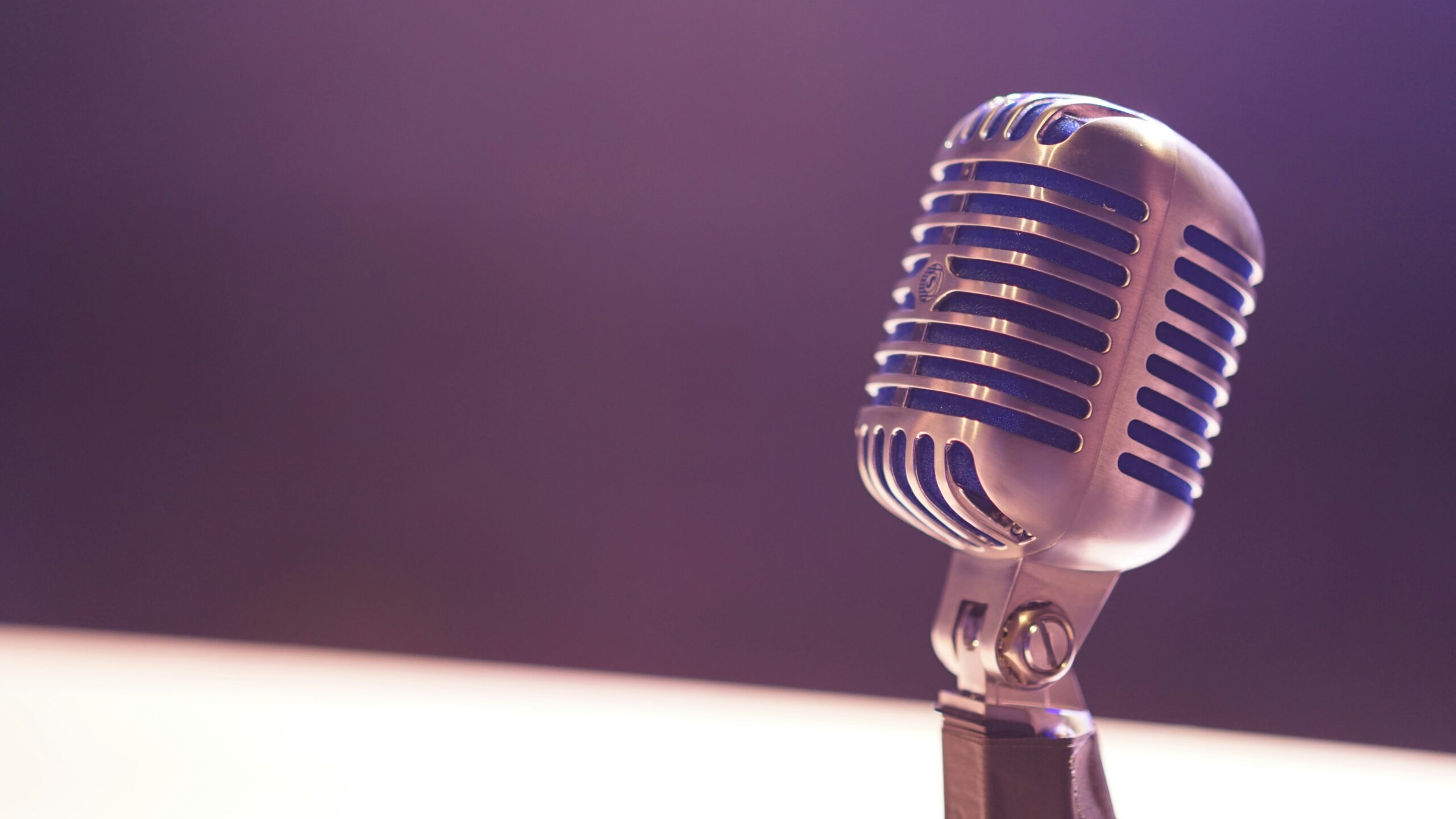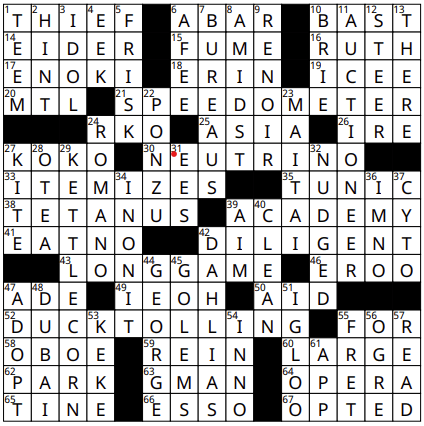Canadians throw away over three million tonnes of plastic waste every year, yet only nine per cent of that waste is recycled. Wait… what? Only nine per cent of recycling gets recycled? What happens to the rest of it? Why and how do we recycle? Let’s talk about it.
The other 91 per cent of recyclable material ends up in landfills, waste-to-energy facilities, or our natural spaces. Plastic waste takes up space on our shorelines, beside highways, and makes its way into forests. With the rise of microplastics, we find plastics in our food and ourselves. Plastic is seemingly inescapable. With our personal health and environmental health on the line, what do we do?
When I was young, my mom taught me how to recycle, and since childhood, my designated household task has been emptying and sorting our little indoor recyclable bin into blue and gray boxes for pick up. I made recycling posters at school and my family picked up litter at the beach. Recycling has been a constant in my life as I’m sure it is in everyone’s, in one way or another.
In 2022 I worked for the UW Sustainability Office during a co-op term. Part of my job, along with my fellow co-op student, was ‘boothing’ at V1 in the cafeteria. If you’ve eaten at the V1 cafeteria, you’re familiar with the long row of garbage, recycle, and organics bins lined up against one wall. This is where we stood, talking to students as they went to throw away their items, answering questions about what goes in what bin and getting people involved playing the Shift: Zero Waste Sorting Game. It was an interesting learning experience, and since then I’ve had many conversations with students, faculty, and staff about their own personal experiences in recycling.
One common theme throughout all these conversations is that recycling looks different for everyone. Students from other cities, provinces, territories, and countries talk about having more or less efficient recycling systems than we do in Ontario. Different recycling systems outside of Ontario can be expected, however even within the province waste systems vary between communities and within communities.
The UW campus waste system and the Region of Waterloo system are two separately running systems, with different guidelines. First, we’ll focus on campus. In the 2023 Environmental Sustainability Report, 28.2 per cent of waste was reported as diverted from landfills. The campus waste objective is: “By 2025, achieve a 60 per cent diversion rate; by 2035, become a zero-waste campus (90 per cent diversion rate).” Part of the effort to reduce waste and achieve this goal is the Shift: Zero campaign.
The Shift: Zero Waste Sorting Game was developed by Plant Operations and the Sustainability Office for the Shift: Zero campaign. It is a fun game that can be played on a computer or by downloading the app. In it you sort various items into different waste streams and build your own park. The Shift: Zero sorting guide is available on the UW Sustainability Office website. You can read it and learn more about what items go where and why things are recycled the way they are.
Four-stream waste sorting bins have been rolled out across campus throughout 2024. There are designated bins for garbage, plastic recycle, paper recycle, and organics. At some locations, there are also cardboard recycling bins provided.
Switching our focus from recycling to organics, I asked dozens of students the first word that comes to mind when I say “composting.” The most common answer was “stinky” followed closely by “worms.” In my composting experience, both are true.
Organics bins are available near every food retailer on campus and are maintained by Plant Operations. UW Campus Compost is a student led group that promotes composting on campus. You may have seen our compost cows, Ben and Jerry, located between the environment buildings and Modern Languages. As the previous operations director for Campus Compost, I can say adding organic materials to the cows and checking in on the compost process is very fun. Campus Compost provides compost bins for student lounges and student-run events, and usable compost is available for campus garden projects.
One of the challenges of composting on campus is what to do when you want to compost in your residence room. The UWP Organics Program is a pilot program that has been running for the last several years, providing students with small compost bins. Student volunteers collect these compost bins and participate in sustainability-focused team-building workshops. To get involved, connect with the Sustainability Office. If you live off campus, look into how you can compost your organic waste with a countertop compost bin and local organics pick up.
Now let’s talk about the Region of Waterloo system. Fun fact, the blue box we are familiar with for plastic recyclables was launched as a pilot program in Kitchener in 1981. By 1983, the blue box was launched city-wide to 35,000 homes. A reported 75 per cent of homes participated in the first month. Waste diversion and management in Waterloo region has undergone several changes since the 80s. At the current disposal sight turkeys are frequently about. The region reports that the Waterloo landfill will reach capacity in approximately 25 years. The site will hold approximately 15 million cubic meters of garbage when it is full. Located at 925 Erb Street West, this is the only landfill still operating in the Waterloo Region. At the site, there is also a public drop-off area, environmental education centre, and recycling sorting centre.
This past Earth Day, the theme was “Planet vs. Plastics.” According to earthday.org, Planet vs. Plastics “unites students, parents, businesses, governments, churches, unions, individuals, and non-governmental organizations in an unwavering commitment to call for the end of plastics for the sake of human and planetary health, demanding a 60 per cent reduction in the production of plastics by 2040 and an ultimate goal of building a plastic-free future for generations to come.”
The Government of Canada announced the Federal Plastics Registry on April 22, coinciding with Earth Day. “Canadians expect the Government of Canada to take action to reduce plastic waste and pollution, and we are delivering on our commitment. The Federal Plastics Registry is a practical tool that will help track plastics across the economy, inform future actions, and measure progress to reduce plastic waste and pollution,” said environment and climate change minister Steven Guilbeault in a statement. The registry requires all manufacturers of plastic resin, producers of plastic products, and service providers to report on the quantity and types of plastic they put out into the Canadian market and how that plastic moves through the economy each year. The goal is to help monitor progress over time and provide Canadians data that help identify opportunities for further action to reduce plastic waste creation and pollution.
This registry fits in with the ongoing nationwide action plan on zero plastic waste. Canada’s zero plastic waste agenda is a collaborative framework first developed in 2018 when federal, provincial, and territorial governments adopted the Canada-wide strategy on Zero Plastic Waste. Provincially, “Ontario strives to move towards a circular economy — a system where products are not discarded, but are reused, recycled and used to create new products” as stated on the Ontario waste management website.
The blue box program is currently being transitioned to producer responsibility. This means costs of the blue box program are moved away from municipal taxpayers and the producers of products and packaging will be held fully responsible for collecting paper and packaging and managing other single-use items. The transition began July 1, 2023 and is expected to be completed by January 1, 2026. At that time producers will be fully responsible for providing blue box service across the province. This transition seeks to standardize what can be recycled in Ontario and allow recycling of more materials.
Proper recycling is one of the pieces to creating a more sustainable community. In relation to that, it is also important to look at what you are recycling and throwing out and why. By taking the time to think about the products you use and finding an alternative to disposable packaging you will be making a huge difference. The solution is not solely in making sure materials are recycled — it’s in using less materials to begin with. Say no to single-use items when possible and invest in only the necessary amount of reusable containers. Overconsumption of sustainable products also contributes to waste. When we use less we reduce our impact on the world. Take only what you need and leave places better and cleaner for the future.
Think Reusable
- Eco-mug: Save 20 cents on coffee or tea at all Food Services outlets across campus when you bring your own travel mug. At franchises on campus (Williams, Starbucks, Tim Hortons), save 10 cents when you bring your own mug.
- Free Store: If you have gently used items you want to donate instead of throwing them out, take them to the Sustainability Office Free Store. You can shop items for free there too!
- Replace it: Replace your plastic shampoo and conditioner bottles with shampoo and conditioner bars to eliminate plastic waste.
- Repair it: The UW Repair Hub, run by 4RepairKW, is held in E7-1401. Think twice about throwing out damaged items, take them to this free workspace where you’ll meet the repair community, find tools and support for DIY mechanical/electrical repairs, sewing and mending, knife sharpening, shoe/backpack repair, and more.






